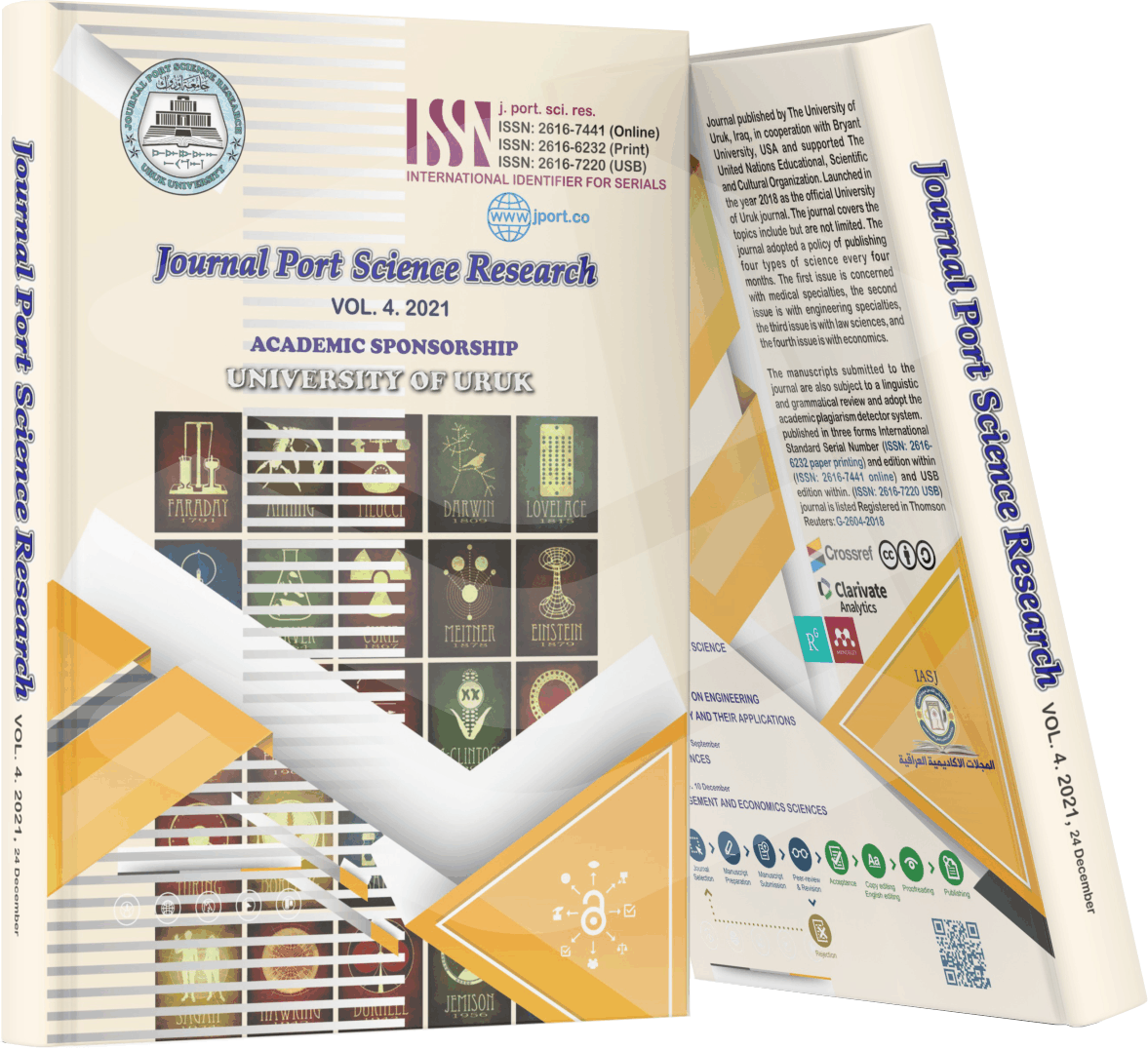Abstract
Automatic analysis of facial expressions is rapidly becoming an area of intense interest in
computer vision and artificial intelligence research communities. In this paper an approach is presented for
facial expression recognition of the six basic prototype expressions (i.e., joy, surprise, anger, sadness, fear,
and disgust) based on Facial Action Coding System (FACS). The approach utilizes the topological ordering
patterns produced by Kohonen Self Organizing Map, in which implemented on expression image sequence
for each prototype facial expression. The map will compute the topological relationship between the
particular expression sequences, starting from the neutral expression to peak. This method tried to find a
topological ordering pattern (shape) for each expression; it will not require any pre-processing tedious work
such as normalization. The only requirement is that, image background must be kept constant, also with
non-rigid head motion. The feature extraction phase had been performed by this method, while the
classification phase done by especially designed procedures for shape and direction finding to recognize the
pattern of the shape, thereafter the type of the expression also backpropagation neural network is
implemented for the classification task. An average recognition rate of 88.7% was achieved for six basic
expressions, where different databases had been used for the test of the method.
computer vision and artificial intelligence research communities. In this paper an approach is presented for
facial expression recognition of the six basic prototype expressions (i.e., joy, surprise, anger, sadness, fear,
and disgust) based on Facial Action Coding System (FACS). The approach utilizes the topological ordering
patterns produced by Kohonen Self Organizing Map, in which implemented on expression image sequence
for each prototype facial expression. The map will compute the topological relationship between the
particular expression sequences, starting from the neutral expression to peak. This method tried to find a
topological ordering pattern (shape) for each expression; it will not require any pre-processing tedious work
such as normalization. The only requirement is that, image background must be kept constant, also with
non-rigid head motion. The feature extraction phase had been performed by this method, while the
classification phase done by especially designed procedures for shape and direction finding to recognize the
pattern of the shape, thereafter the type of the expression also backpropagation neural network is
implemented for the classification task. An average recognition rate of 88.7% was achieved for six basic
expressions, where different databases had been used for the test of the method.
Keywords
Facial expression recognition; Video-frame; Self-Organizing Maps (SOM); Image sequences.
